Home>Storage Ideas>Kitchen Storage>The Kitchen Storage Picks That Professional Organizers Always Reject
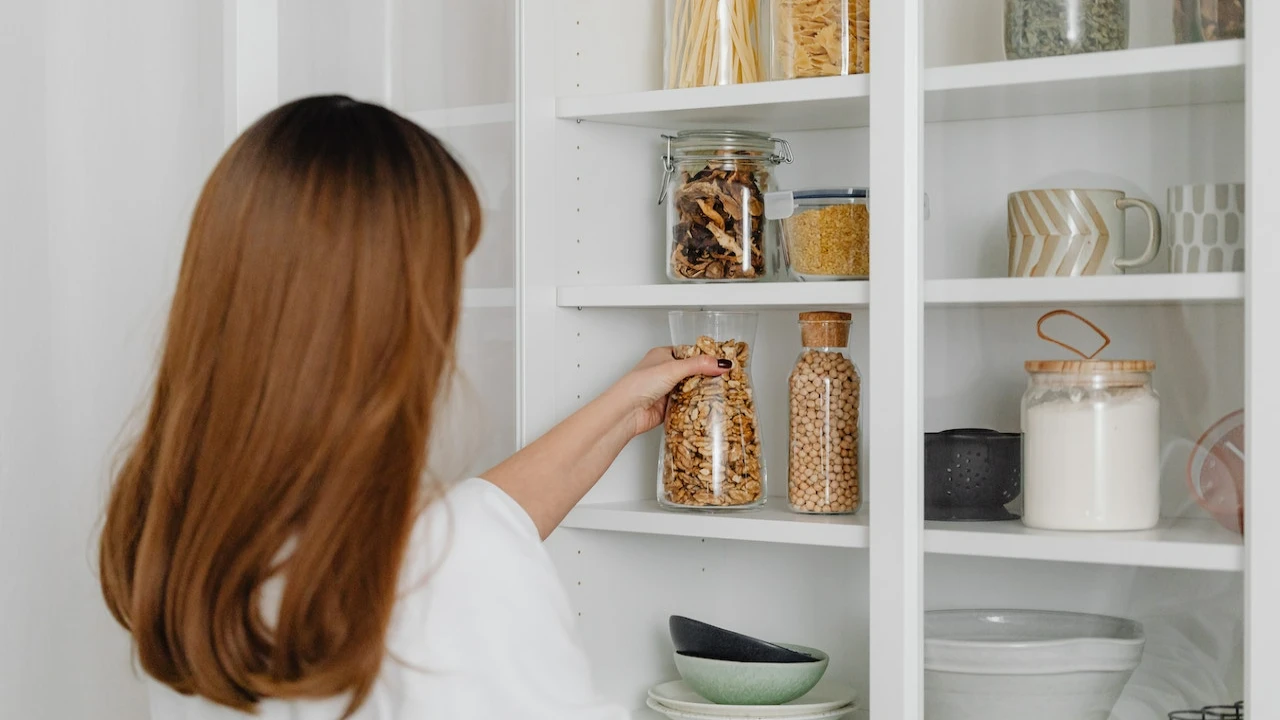

Kitchen Storage
The Kitchen Storage Picks That Professional Organizers Always Reject
Modified: October 30, 2024
Discover innovative kitchen storage ideas that even professional organizers can't resist. Maximize your space and declutter your kitchen with these expert-approved solutions.
(Many of the links in this article redirect to a specific reviewed product. Your purchase of these products through affiliate links helps to generate commission for Storables.com, at no extra cost. Learn more)
Introduction
In today’s fast-paced world, the kitchen has become more than just a place to cook and prepare meals. It has transformed into a multi-functional space where families gather, guests socialize, and countless memories are made. With this increased usage, the need for efficient and organized kitchen storage has become essential.
A well-organized kitchen not only allows for easier meal preparation but also creates a visually appealing and clutter-free environment. It not only saves time searching for utensils or ingredients but also promotes a sense of calmness and efficiency. That is why having adequate and smart kitchen storage solutions is crucial for any homeowner.
However, achieving optimal kitchen storage can sometimes be a challenging task. Many homeowners fall into common mistakes and pitfalls, leading to wasted space and inefficient storage solutions. That’s where the expertise of professional organizers comes into play.
Professional organizers are specialists in creating functional and customized storage solutions for any space, including kitchens. They are highly knowledgeable in maximizing storage potential and ensuring everything has its designated place. To achieve this, they follow specific criteria when evaluating items for kitchen storage.
In this article, we will explore the criteria professional organizers use and the items they consistently reject for kitchen storage. Understanding why these items should be avoided will help you in creating an efficient and clutter-free kitchen. Additionally, we will provide alternative solutions that can help you maximize your kitchen storage potential while maintaining a stylish and organized space.
So, let’s dive into the world of professional organizers and their kitchen storage expertise, and discover the key items they always reject when it comes to creating an efficient and functional kitchen.
Key Takeaways:
- Efficient kitchen storage is essential for maximizing space, promoting organization, and enhancing workflow efficiency. By avoiding rejected items and implementing alternative solutions, homeowners can create a streamlined and functional kitchen space.
- Professional organizers prioritize functionality, accessibility, and aesthetics when evaluating kitchen storage. Their expertise in rejecting certain items and recommending alternative solutions helps homeowners create efficient and visually appealing kitchen spaces.
The Importance of Kitchen Storage
A well-organized kitchen with ample storage space is not only visually pleasing but also plays a crucial role in enhancing the functionality and efficiency of the space. Here are some key reasons why kitchen storage is important:
1. Maximizing Space: In most homes, kitchens tend to be one of the busiest areas, and efficient use of space is essential. Without proper storage solutions, kitchen countertops can quickly become cluttered, making it challenging to work and prepare meals. Well-designed storage allows for better utilization of the available space, ensuring everything has its designated place.
2. Easy Access and Organization: Having an organized kitchen makes everyday tasks more manageable. With a clutter-free and well-structured storage system, you are less likely to waste time searching for utensils, ingredients, or cookware. Everything can be neatly stored and easily accessible, saving you precious time and energy.
3. Food Safety: Proper kitchen storage is essential for maintaining food safety. Storing perishable items at the correct temperatures (refrigerated or frozen) helps prevent spoilage and foodborne illnesses. Adequate pantry storage ensures that dry goods are protected from moisture and pests, extending their shelf life and preserving their quality.
4. Enhanced Efficiency: A well-organized kitchen can greatly improve workflow and efficiency during meal preparation. Having essential items easily accessible and within reach reduces the time spent moving around the kitchen, resulting in quicker and smoother cooking experiences. Additionally, organized storage systems make it easier to keep track of inventory and restock supplies when needed.
5. Aesthetically Pleasing: A cluttered and disorganized kitchen can be visually overwhelming and create a sense of chaos. On the other hand, an organized kitchen with neatly arranged storage solutions brings a sense of calmness and order. It adds to the overall aesthetics of the space and creates a pleasant environment where cooking and entertaining become more enjoyable.
6. Increased Property Value: A well-designed and functional kitchen with ample storage space is a significant selling point for any home. Potential buyers look for kitchens that offer practical storage solutions, as it enhances the overall appeal and value of the property. Investing in proper kitchen storage can provide long-term benefits and increase the resale value of your home.
In summary, kitchen storage plays a vital role in creating a functional, efficient, and visually appealing space. It maximizes the available space, provides easy access and organization, ensures food safety, improves efficiency, enhances the overall aesthetics, and increases property value. With these benefits in mind, it is clear that investing in proper kitchen storage is a wise decision for any homeowner.
Common Mistakes in Kitchen Storage
Creating efficient kitchen storage requires careful planning and consideration. Unfortunately, many homeowners make common mistakes that hinder the functionality and organization of their kitchens. Let’s explore some of these mistakes:
1. Neglecting Vertical Space: One common mistake is failing to utilize the vertical space effectively. The walls and backsplash can be utilized for hanging shelves, hooks, or racks to store pots, pans, utensils, and other frequently used items. Vertical storage not only frees up counter space but also adds a stylish and functional element to the kitchen.
2. Overstuffing Cabinets and Drawers: It is easy to fall into the trap of cramming cabinets and drawers with too many items. Overstuffing leads to clutter and makes it difficult to find what you need. Avoid this mistake by decluttering regularly and creating designated spaces for specific items. Consider using drawer dividers or cabinet organizers to maximize storage capacity.
3. Disorganized Pantry: A disorganized pantry can be overwhelming and lead to food wastage. The lack of proper categorization, expired items, and poor visibility can make it challenging to locate ingredients. To avoid this, group similar items together, use clear containers for bulk foods, and label everything. Regularly review and discard expired items to maintain a well-organized pantry.
4. Ignoring Wasted Spaces: Many kitchen layouts have areas that are often overlooked when it comes to storage potential. For example, the space underneath the sink or corners of cabinets can be utilized with specialized storage solutions such as pull-out drawers or rotating carousels. Make use of every inch of available space to optimize storage capacity.
5. Cluttered Countertops: Leaving too many items on the countertops not only makes the kitchen look messy but also reduces the available workspace. Avoid this mistake by keeping only essential items on the counters and finding proper storage solutions for everything else. Utilize wall-mounted shelves, hanging racks, or overhead storage to keep countertops clutter-free.
6. Inefficient Use of Deep Cabinets: Deep cabinets can become a black hole where items get lost. Instead of piling items on top of each other, use drawer inserts or stackable containers to create layers within deep cabinets, making it easier to access items at the back. Consider installing pull-out shelves or roll-out trays to maximize visibility and accessibility.
7. Inadequate Lighting: Proper lighting is often overlooked but is vital for efficient kitchen storage. Insufficient lighting can make it difficult to locate items in deep cabinets or dimly lit corners. Ensure that your kitchen has adequate overhead lighting as well as task lighting under cabinets or inside drawers to improve visibility and ease of use.
By avoiding these common mistakes, you can optimize your kitchen storage and create a functional and organized space. Take the time to plan and assess your storage needs, making use of every nook and cranny available. The result will be a kitchen that is not only efficient but also a joy to work in.
The Criteria of Professional Organizers
Professional organizers are experts in creating efficient and customized storage solutions. When it comes to kitchen storage, they follow specific criteria to evaluate items and determine the best organization strategies. Here are the criteria professional organizers use:
1. Functionality: The primary criterion for professional organizers is functionality. They focus on ensuring that items are easily accessible and that the storage solutions enhance workflow and efficiency in the kitchen. Each item should have a designated place based on its frequency of use and category.
2. Accessibility: Professional organizers prioritize easy access to items within the kitchen storage. They consider the height and reachability of individuals using the kitchen to determine the placement of items. Frequently used items are typically stored at eye level or within arm’s reach, while less frequently used items are stored in higher or lower cabinets.
3. Space Optimization: Efficient use of space is key to professional organizing. They evaluate the available storage space and create systems that maximize capacity. This involves utilizing all areas, including vertical space, corners, and underutilized spaces like the backs of doors. They may use specialized storage solutions such as pull-out shelves, lazy susans, or drawer dividers to maximize storage potential.
4. Categorization: Professional organizers categorize items based on their function or type. This helps in creating a systematic approach to storage and enables easier retrieval of items. Common categories include cookware, bakeware, utensils, pantry staples, and cleaning supplies. Clear labeling and grouping similar items together make it easier for users to find what they need quickly.
5. Visibility: Visibility is an essential factor in professional organizing. Clear visibility allows users to easily locate items and prevents the need to rummage through cabinets or drawers. Professional organizers may recommend clear storage containers, open shelving, or glass-front cabinets to provide clear visibility of items.
6. Safety: Ensuring the safety of both the users and the items stored is a significant consideration for professional organizers. They carefully assess the weight-bearing capacity of shelves and cabinets to prevent accidents or damage. They also consider the proper storage of potentially hazardous items, such as cleaning products or sharp utensils, to mitigate any risks.
7. Aesthetics: While functionality is paramount, professional organizers understand the importance of aesthetics in creating a visually appealing kitchen. They strive to create storage solutions that are not only efficient but also enhance the overall look of the space. This may involve using coordinated storage containers, incorporating decorative elements, or utilizing stylish organizational tools.
By following these criteria, professional organizers create customized and efficient kitchen storage solutions that meet the specific needs of each homeowner. Their expertise ensures that every item has its designated place, maximizing functionality, accessibility, and visual appeal within the kitchen. By embracing their principles, you can create a well-organized kitchen that truly reflects your lifestyle and enhances your cooking experience.
Consider decluttering and organizing your kitchen storage yourself before hiring professional organizers. You may be able to save money and find a system that works best for you.
Items Professional Organizers Always Reject for Kitchen Storage
Professional organizers have a keen eye for maximizing space and functionality in the kitchen. Consequently, there are certain items they consistently advise against storing in the kitchen. Here are some items that professional organizers commonly reject for kitchen storage:
1. Excessive and Unnecessary Appliances: While kitchen appliances are essential, professional organizers discourage the accumulation of excessive and rarely used appliances. Items like breadmakers, juicers, or specialty gadgets that are used infrequently can take up valuable countertop or cabinet space. Instead, they recommend evaluating which appliances are truly necessary and donating or storing the rest in a separate area.
2. Outdated or Duplicate Utensils: Over time, utensils can accumulate, leading to overcrowded drawers and limited space. Professional organizers advise decluttering and removing any duplicate or outdated utensils. Keeping only essential and versatile utensils will free up space and make it easier to locate the items you need when cooking.
3. Single-Use or Novelty Items: Professional organizers encourage homeowners to reconsider single-use or novelty items that take up valuable storage space without providing much functionality. Items like specialty pans, egg separators, or novelty gadgets may be fun to have, but they often end up gathering dust and using up precious storage space. It’s best to prioritize multi-purpose tools that can serve a variety of cooking needs.
4. Expired or Unused Food Items: Professional organizers strongly discourage storing expired or unused food items in the kitchen. This includes spices, condiments, canned goods, or pantry staples that have surpassed their expiration dates or are unlikely to be consumed. Regularly review your pantry and discard any expired or untouched items to maintain a clean and organized storage space.
5. Duplicates of Cookware and Bakeware: It’s easy to accumulate multiple sets of pots, pans, or baking dishes over time. However, professional organizers recommend keeping only what is necessary and letting go of duplicates or rarely used pieces. This will free up cabinet space and make it easier to find and access the cookware and bakeware you use regularly.
6. Fragile or Delicate Glassware: While delicate glassware adds sophistication to a kitchen, storing them in a high-traffic area like the kitchen can increase the risk of accidental damage. Professional organizers advise storing fragile glassware in cabinets specifically designed for glassware or in a separate display area outside the kitchen to minimize the chances of breakage.
7. Non-Kitchen Items: Lastly, professional organizers urge homeowners not to use the kitchen as a catch-all for non-kitchen-related items. Items such as mail, keys, or paperwork should have their designated spaces outside of the kitchen to maintain an organized and clutter-free environment.
By avoiding these items in your kitchen storage, you can create a more functional and efficient space that is tailored to your needs. Professional organizers prioritize practicality and organization, helping you make the most of your kitchen storage potential. Keep these guidelines in mind when organizing your kitchen to create a clutter-free and enjoyable cooking experience.
Read more: Best Kitchen Runner Picks for Your Home
Why These Items Should be Avoided
Avoiding certain items in kitchen storage, as advised by professional organizers, is crucial to maintaining an organized and efficient kitchen space. Here are the reasons why these items should be avoided:
1. Excessive and Unnecessary Appliances: Having too many appliances, especially those that are rarely used, takes up valuable countertop or cabinet space. It can lead to a cluttered and cramped kitchen, making it difficult to find and access essential items. By removing excessive and unnecessary appliances, you free up space for items that are used more frequently, improving the overall functionality of your kitchen.
2. Outdated or Duplicate Utensils: Holding onto outdated or duplicate utensils creates clutter and adds unnecessary bulk to your kitchen drawers. It can make it challenging to find what you need when cooking, wasting time and causing frustration. By decluttering and keeping only the essential and versatile utensils, you streamline your kitchen storage and make it easier to locate and use the tools you need.
3. Single-Use or Novelty Items: Single-use or novelty items may have limited functionality and are often used infrequently. Storing these items in your kitchen takes up valuable space that could be better utilized for more essential tools and equipment. By prioritizing multi-purpose tools that can serve a variety of cooking needs, you reduce clutter and ensure that the items in your kitchen storage are practical and efficient.
4. Expired or Unused Food Items: Expired or unused food items take up precious space in your pantry and can contribute to a disorganized and cluttered kitchen. Keeping track of expiration dates and regularly reviewing your pantry helps ensure that the food items stored are fresh and usable. It also prevents the accumulation of items that are unlikely to be consumed, making way for a more organized and efficient pantry storage system.
5. Duplicates of Cookware and Bakeware: Duplicating cookware and bakeware serves no practical purpose and only takes up valuable cabinet space. It can lead to a cluttered and disorganized storage area, making it difficult to access the items you need. By keeping only what is necessary and discarding duplicates or rarely used pieces, you create a streamlined and efficient kitchen storage system that is easy to navigate.
6. Fragile or Delicate Glassware: Storing fragile or delicate glassware in a high-traffic area like the kitchen increases the risk of accidental damage. The kitchen is often a busy and bustling space, and delicate glassware may be more susceptible to breakage. By storing fragile glassware in dedicated cabinets or display areas outside the kitchen, you minimize the chances of damage and ensure the longevity of these items.
7. Non-Kitchen Items: Using the kitchen as a catch-all for non-kitchen-related items adds unnecessary clutter and disrupts the functionality of the space. By keeping non-kitchen items such as mail, keys, or paperwork in their designated places outside of the kitchen, you maintain a focused and organized environment that is tailored to food preparation and cooking.
By avoiding these items in your kitchen storage, you create a streamlined and efficient space that is dedicated to the essentials. This reduces clutter, increases accessibility, and enhances the overall functionality of your kitchen. Following the advice of professional organizers helps create a well-organized and enjoyable cooking experience.
Alternative Solutions for Kitchen Storage
Creating efficient kitchen storage goes beyond avoiding certain items. It also involves finding alternative solutions that maximize space and enhance organization. Here are some alternative solutions recommended by professional organizers:
1. Utilize Vertical Space: Take advantage of vertical space by installing shelves, hooks, or racks on walls or backsplashes. This creates additional storage for commonly used items such as pots, pans, and utensils. Wall-mounted shelves can also be used to display decorative or frequently used items, freeing up valuable countertop space.
2. Invest in Adjustable Shelving: Adjustable shelving allows you to customize the height and layout of your cabinets. This enables you to accommodate taller or bulkier items and make the most efficient use of your storage space.
3. Use Drawer Dividers and Organizers: Drawer dividers and organizers help keep utensils, cutlery, and other small items neatly separated and easily accessible. They prevent clutter, make it easier to find what you need, and maximize the use of drawer space.
4. Install Pull-Out Shelves and Drawers: Installing pull-out shelves or drawers in lower cabinets can greatly improve access to items at the back. This eliminates the need to rummage through the cabinet and ensures that items are visible and easy to retrieve.
5. Opt for Clear Storage Containers: Clear storage containers are a great solution for pantry items. They allow you to quickly identify the contents and help maintain a tidy and organized pantry. Group similar items together and label the containers for easy identification.
6. Utilize the Inside of Cabinet Doors: Make the most of the inside of cabinet doors by installing hooks, racks, or pocket organizers. These can hold a variety of items, such as measuring spoons, pot lids, or cleaning supplies, keeping them within reach and maximizing storage potential.
7. Create a Functional Pantry Design: Designate specific zones within your pantry for different categories of items, such as canned goods, grains, or snacks. Use stackable bins, labeled baskets, or tiered shelves to maximize space and make items easily visible and accessible.
8. Utilize Wasted Space: Don’t overlook wasted or underutilized spaces in your kitchen. Consider installing shelves or pull-out racks in difficult-to-reach corners or spaces under the sink. These spaces can be used to store items like baking sheets, cleaning supplies, or small appliances.
9. Think Outside the Kitchen: If you find yourself running out of space in your kitchen, look for storage opportunities in adjacent areas or other parts of the home. For example, you can use a nearby closet or a freestanding storage unit to store larger or infrequently used kitchen items.
10. Regularly Declutter and Organize: One of the most effective ways to maintain proper kitchen storage is to regularly declutter and organize. Regularly assess your items and purge anything that is no longer needed or used. Take the time to reorganize and clean your storage areas to ensure optimal functionality.
By implementing these alternative solutions, you can maximize your kitchen storage space and create an organized and efficient environment. Customizing storage solutions to fit your needs will not only improve functionality but also enhance the overall aesthetics of your kitchen. Working with the guidance of professional organizers, you can transform your kitchen into a space that is both practical and visually appealing.
Conclusion
Efficient kitchen storage is a vital aspect of creating a functional and organized space. Professional organizers play a key role in helping homeowners optimize their kitchen storage solutions. By following their criteria and advice, you can avoid common mistakes and make the most of your kitchen storage potential.
Professional organizers consistently reject certain items for kitchen storage, such as excessive appliances, outdated utensils, single-use items, expired food, and duplicates of cookware. These items can take up valuable space, lead to clutter, and hinder the functionality of the kitchen. By avoiding them, you can create a more streamlined and efficient storage system.
In place of these rejected items, professional organizers suggest alternative solutions. Utilizing vertical space, investing in adjustable shelving, using drawer dividers and organizers, and installing pull-out shelves and drawers are just a few examples. Clear storage containers, utilizing the inside of cabinet doors, and making the most of wasted spaces are also effective strategies. Regular decluttering and organizing are essential to maintaining proper kitchen storage.
The benefits of effective kitchen storage are numerous. It maximizes space, eases access to items, promotes organization, enhances workflow efficiency, ensuresfood safety, and creates an aesthetically pleasing environment. Additionally, a well-organized kitchen can increase property value and create a positive impression on potential buyers.
By incorporating the expertise of professional organizers and implementing their recommended criteria and alternative solutions, you can transform your kitchen into a functional and inviting space. Take the time to evaluate your current storage system, declutter regularly, and invest in proper organizational tools. The result will be a kitchen that is efficient, visually pleasing, and a joy to work in.
Remember, the goal of kitchen storage is not only to optimize functionality but also to create an environment that reflects your personal style and cooking preferences. So, don’t be afraid to get creative and tailor your storage solutions to suit your needs.
With the guidance of professional organizers and a commitment to efficient and organized storage, you can transform your kitchen into a space that is both practical and visually appealing. Embrace the principles of kitchen storage and enjoy the benefits of a well-organized and efficient culinary haven.
Frequently Asked Questions about The Kitchen Storage Picks That Professional Organizers Always Reject
Was this page helpful?
At Storables.com, we guarantee accurate and reliable information. Our content, validated by Expert Board Contributors, is crafted following stringent Editorial Policies. We're committed to providing you with well-researched, expert-backed insights for all your informational needs.
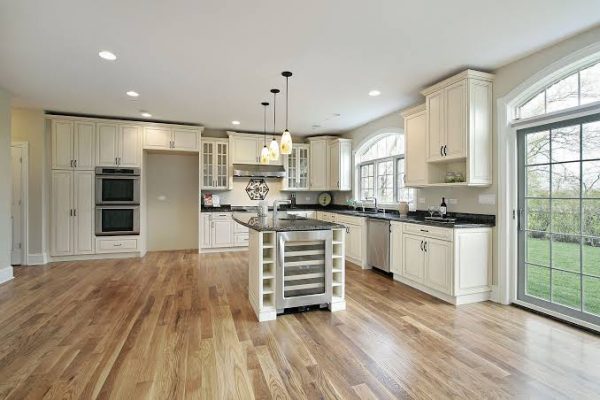
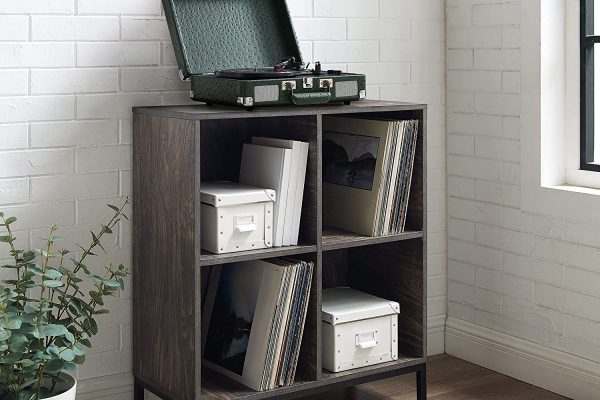
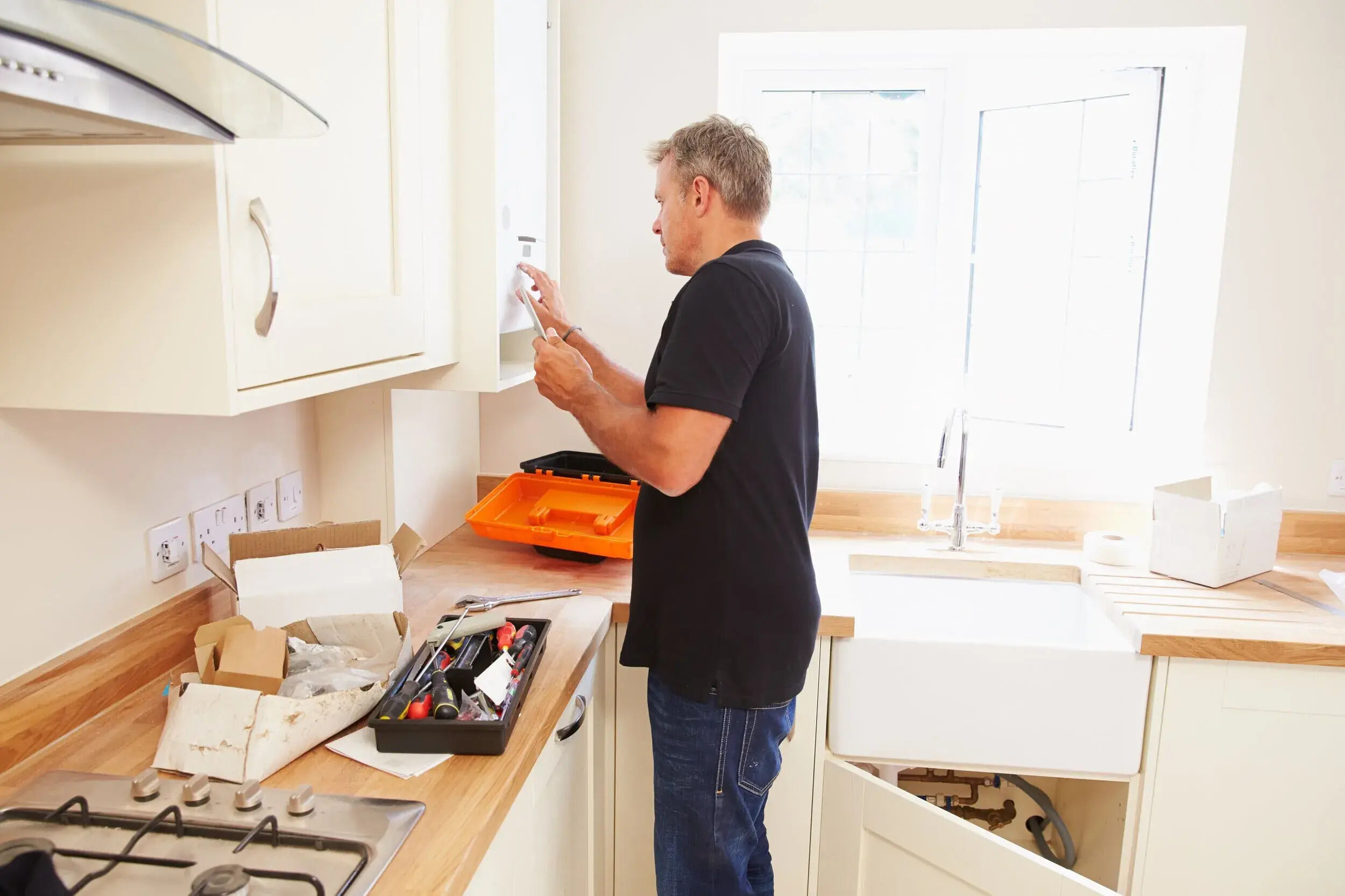
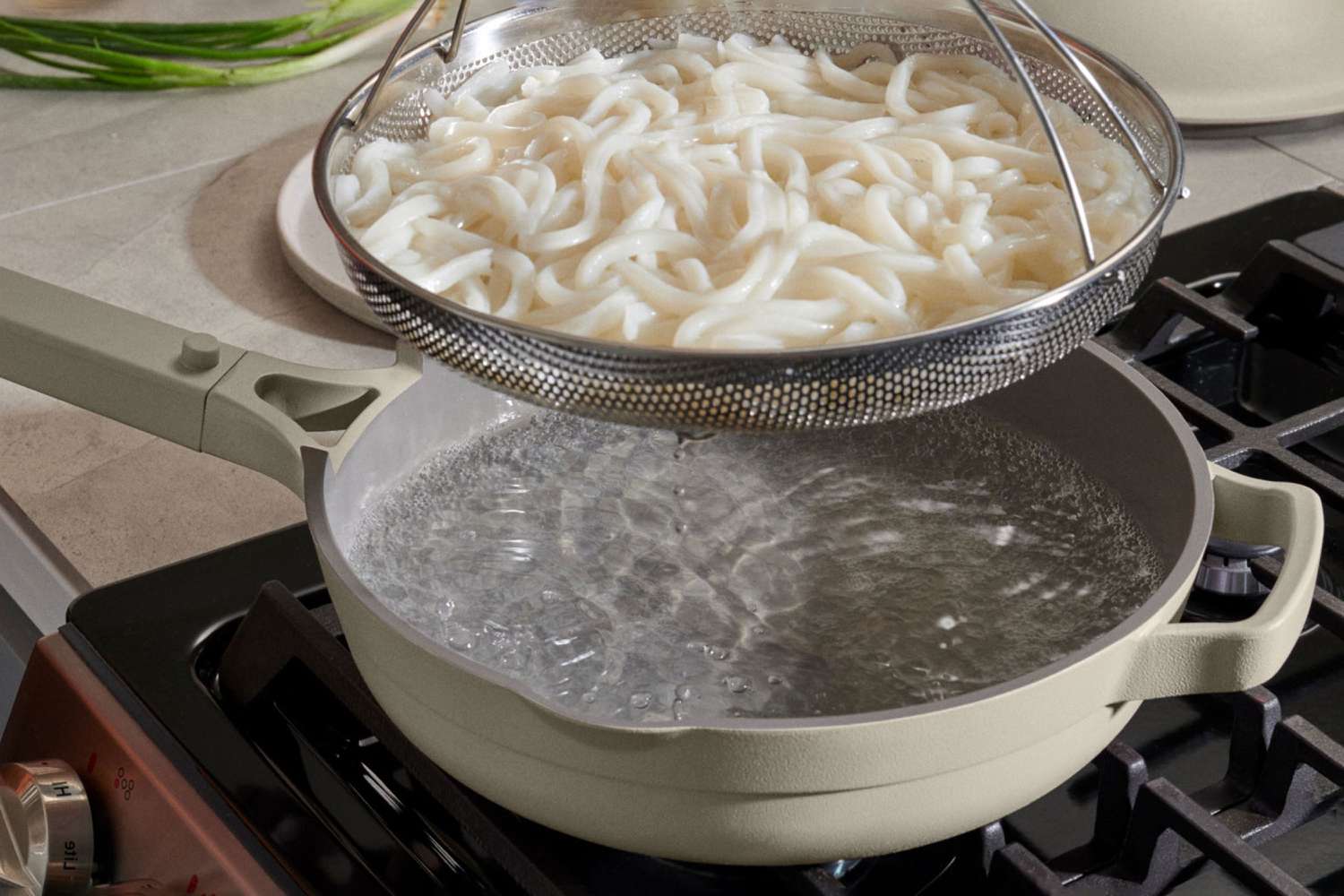

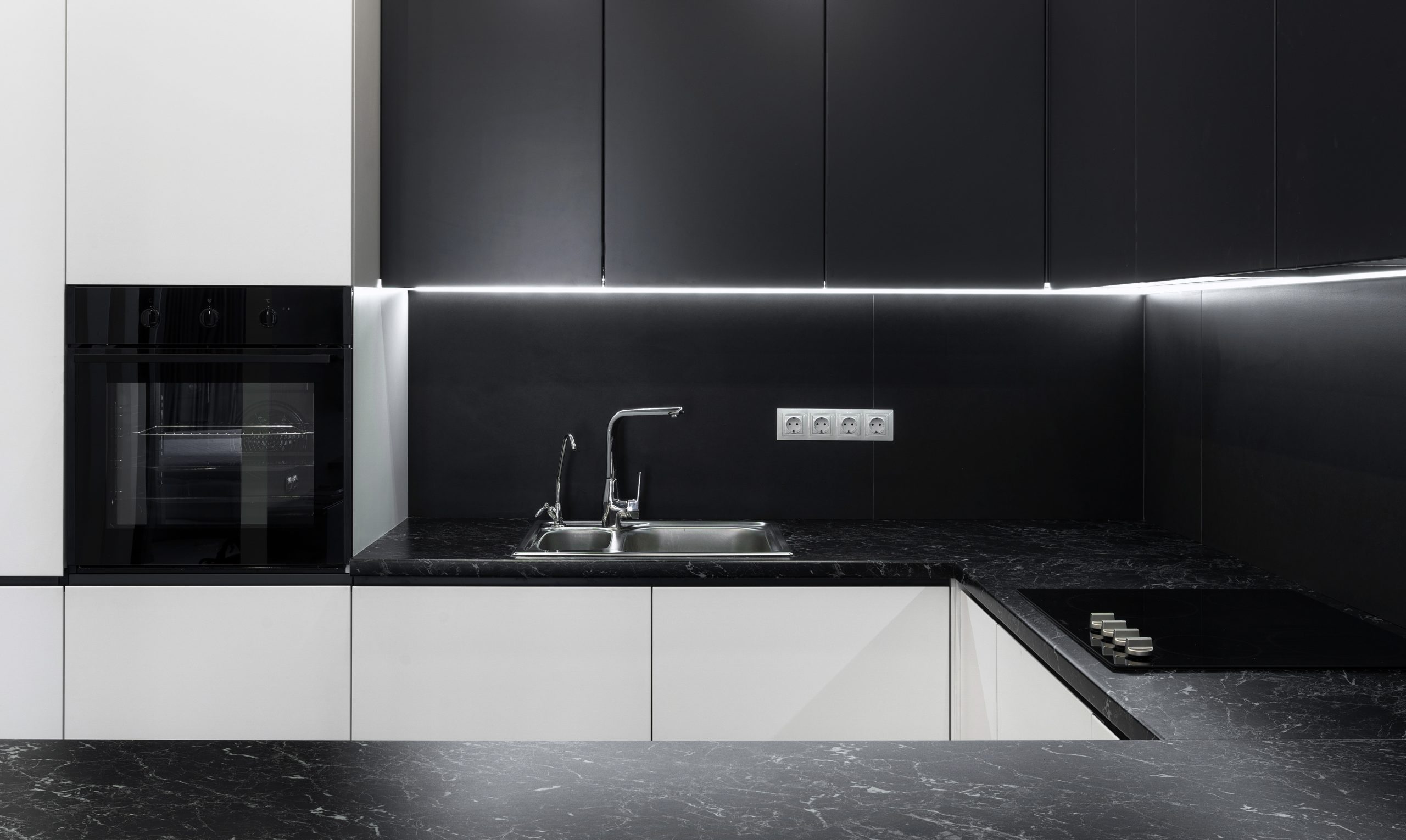
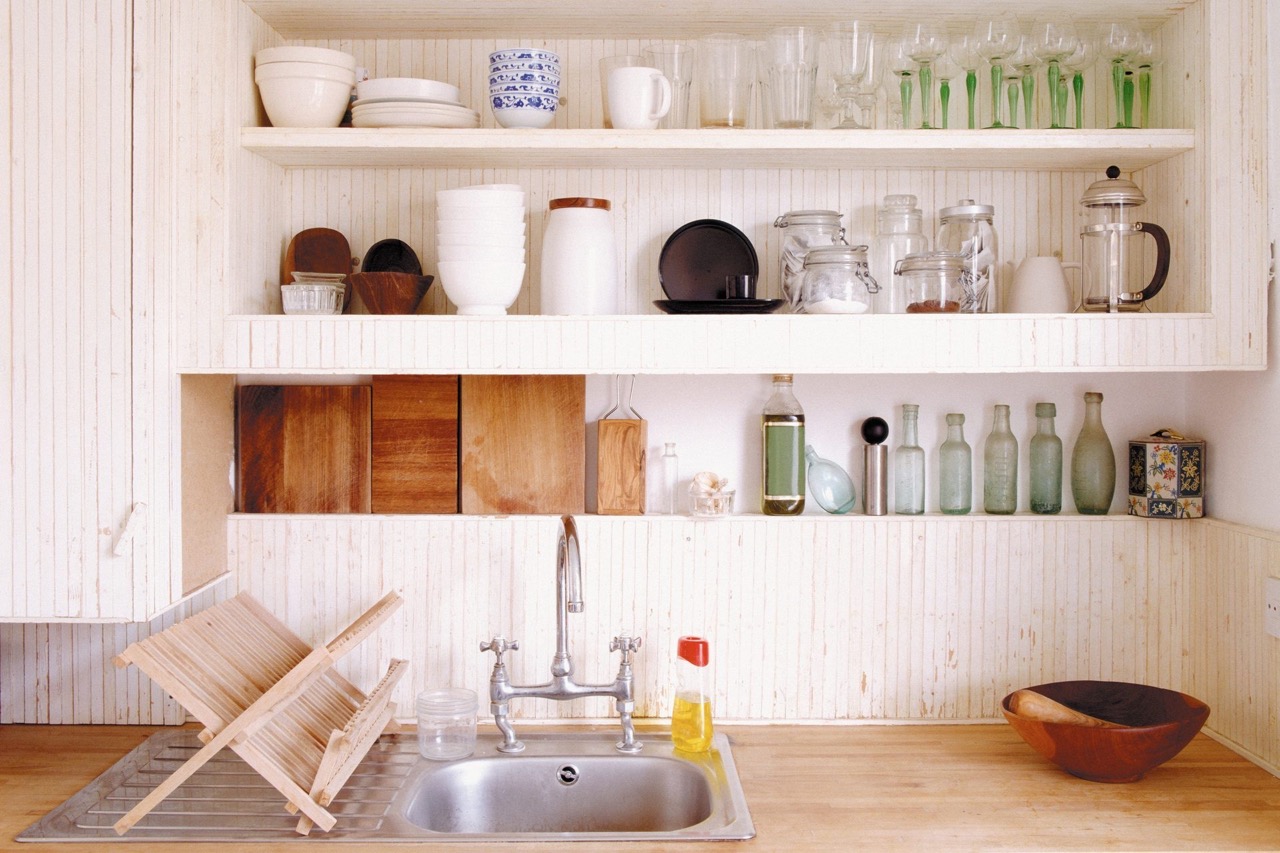
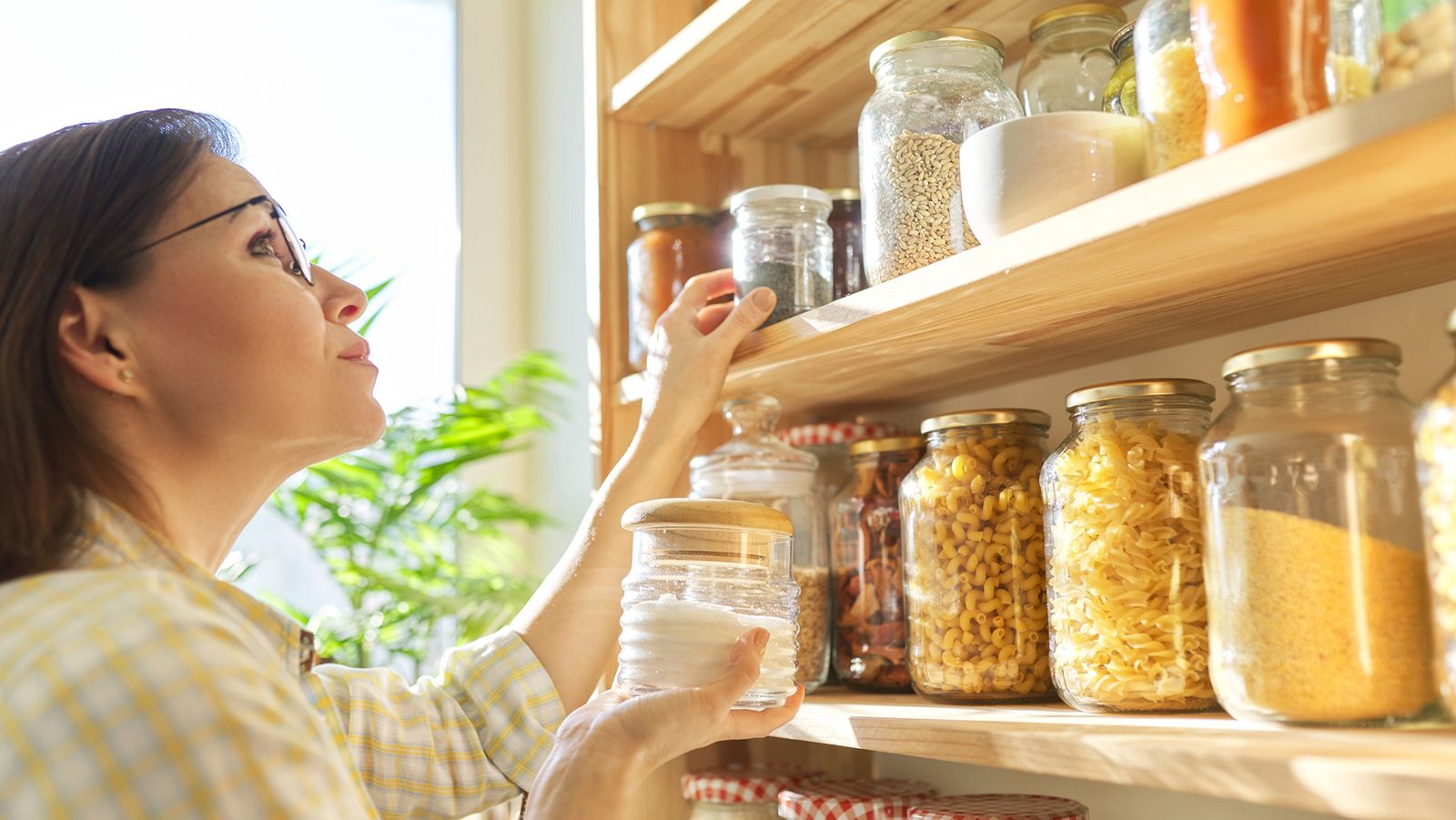
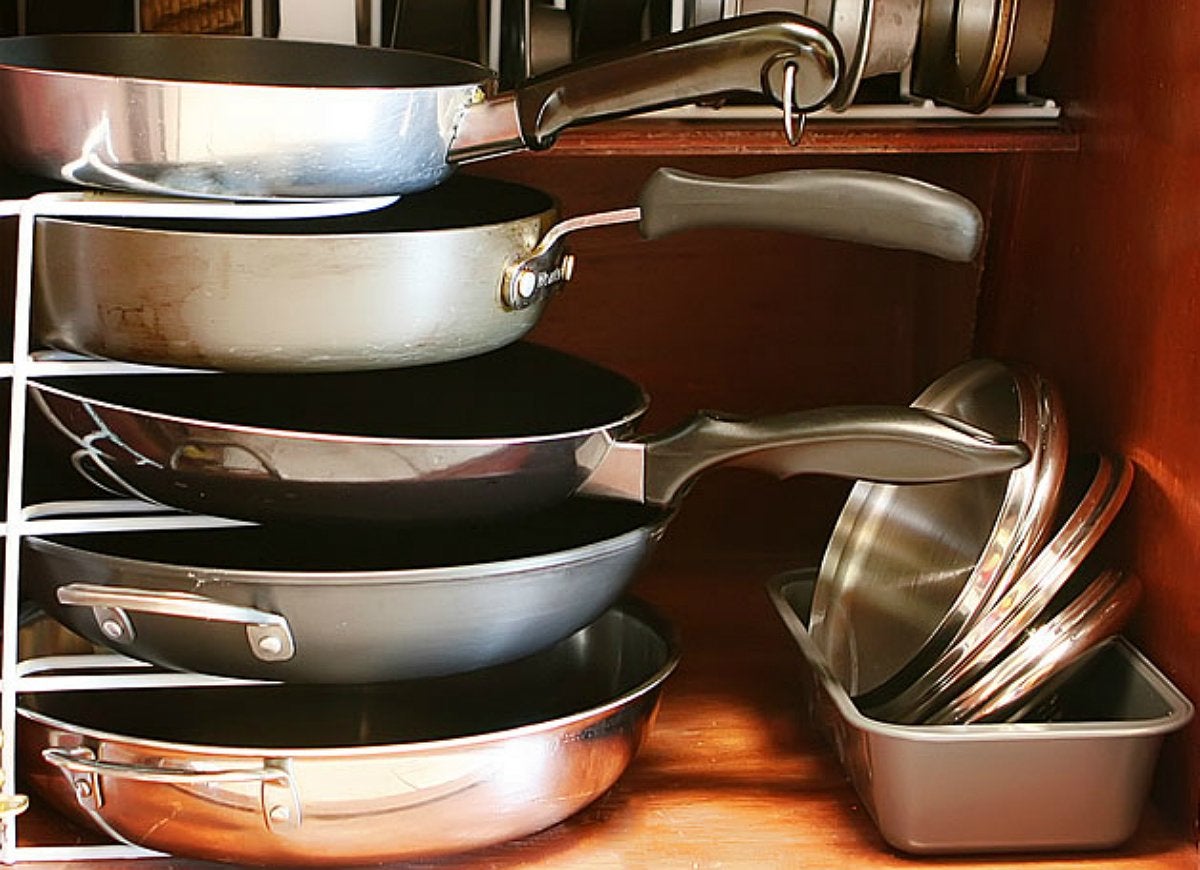
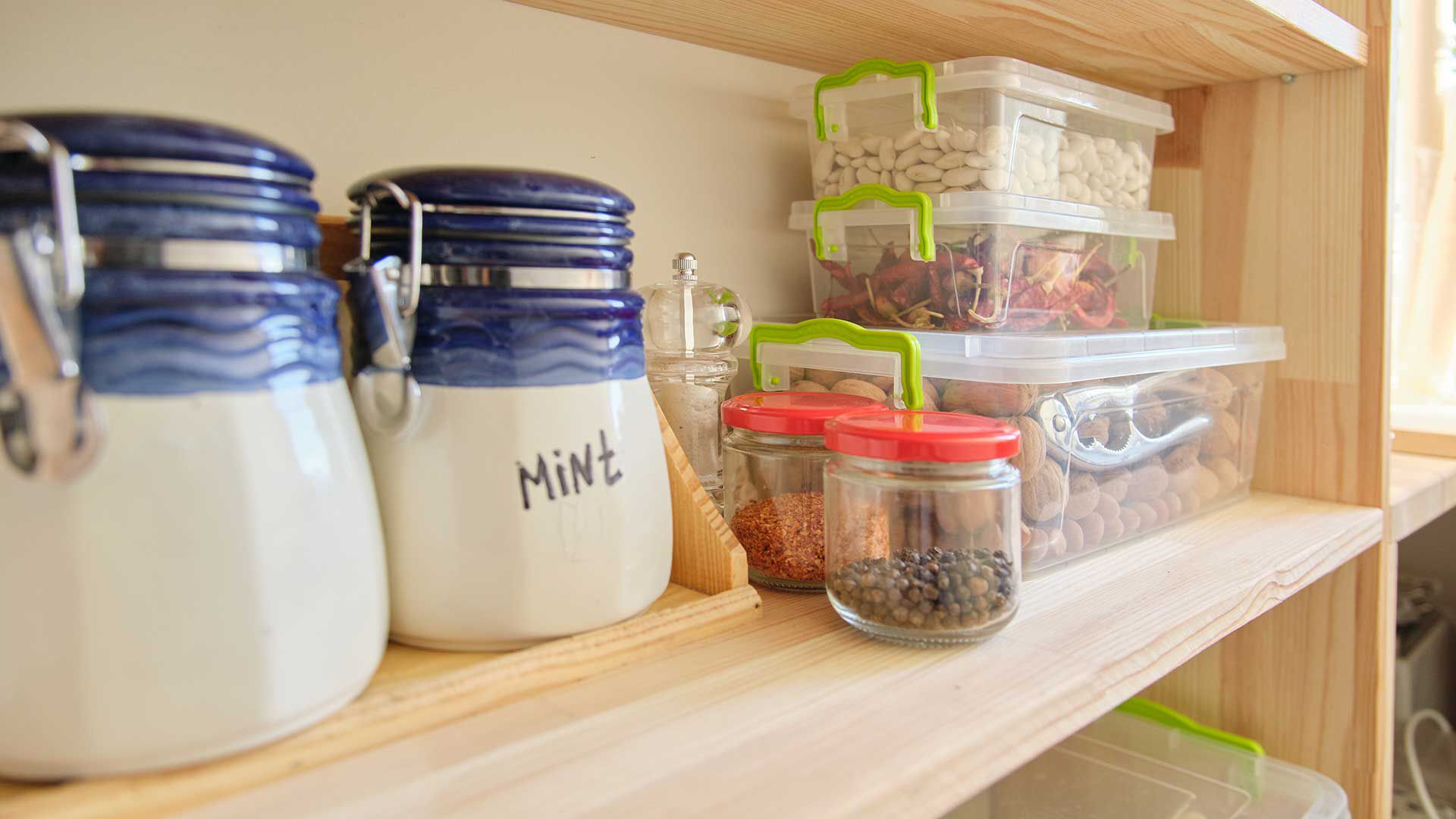
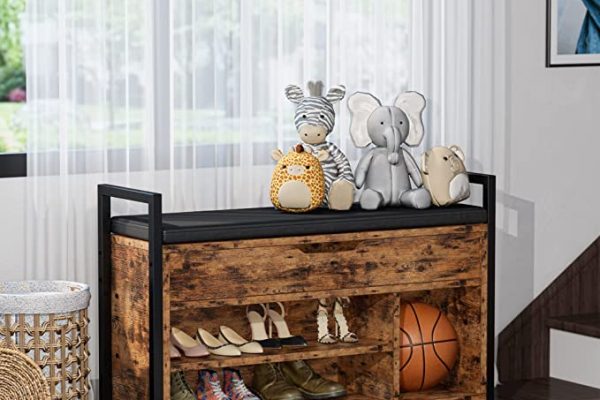
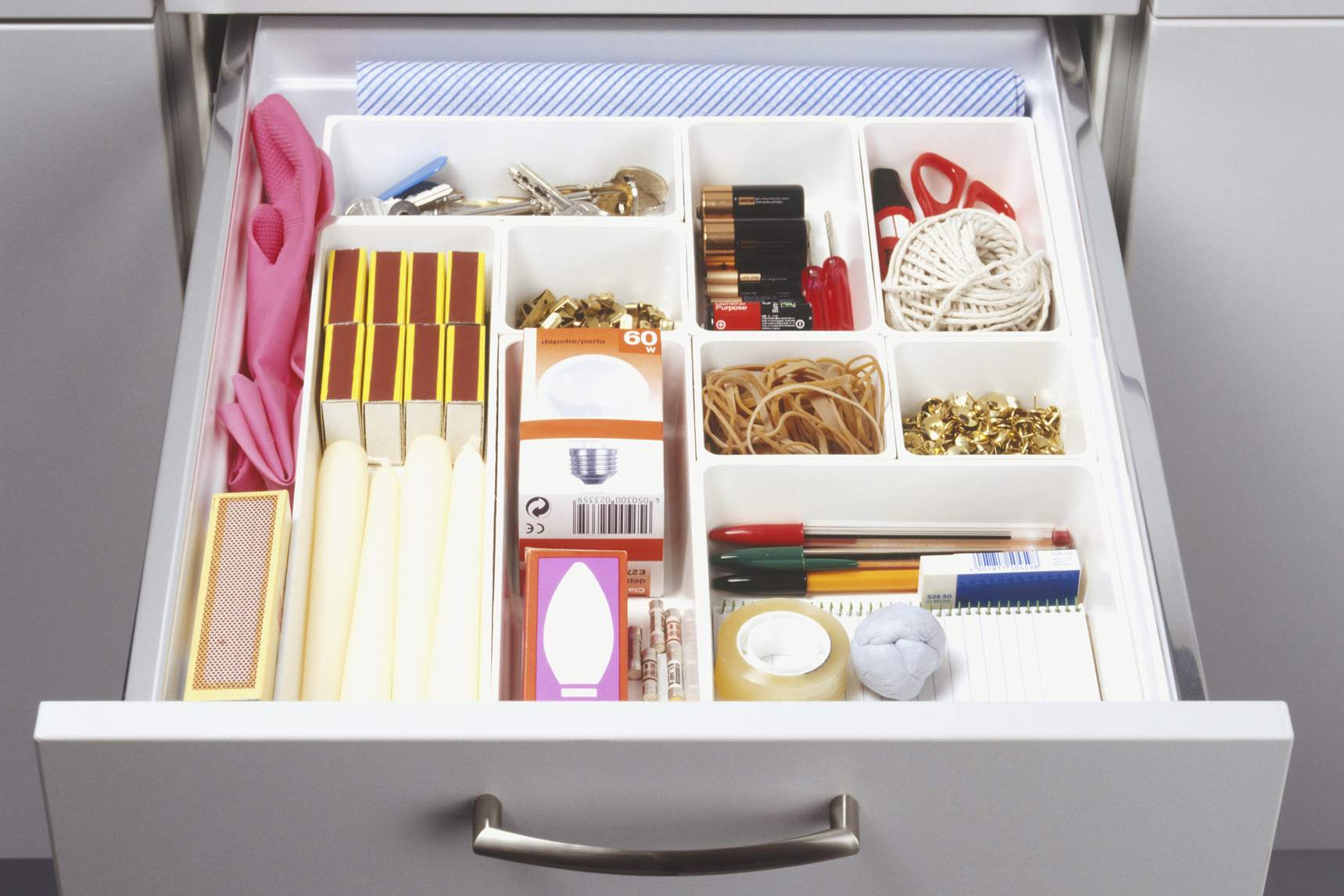

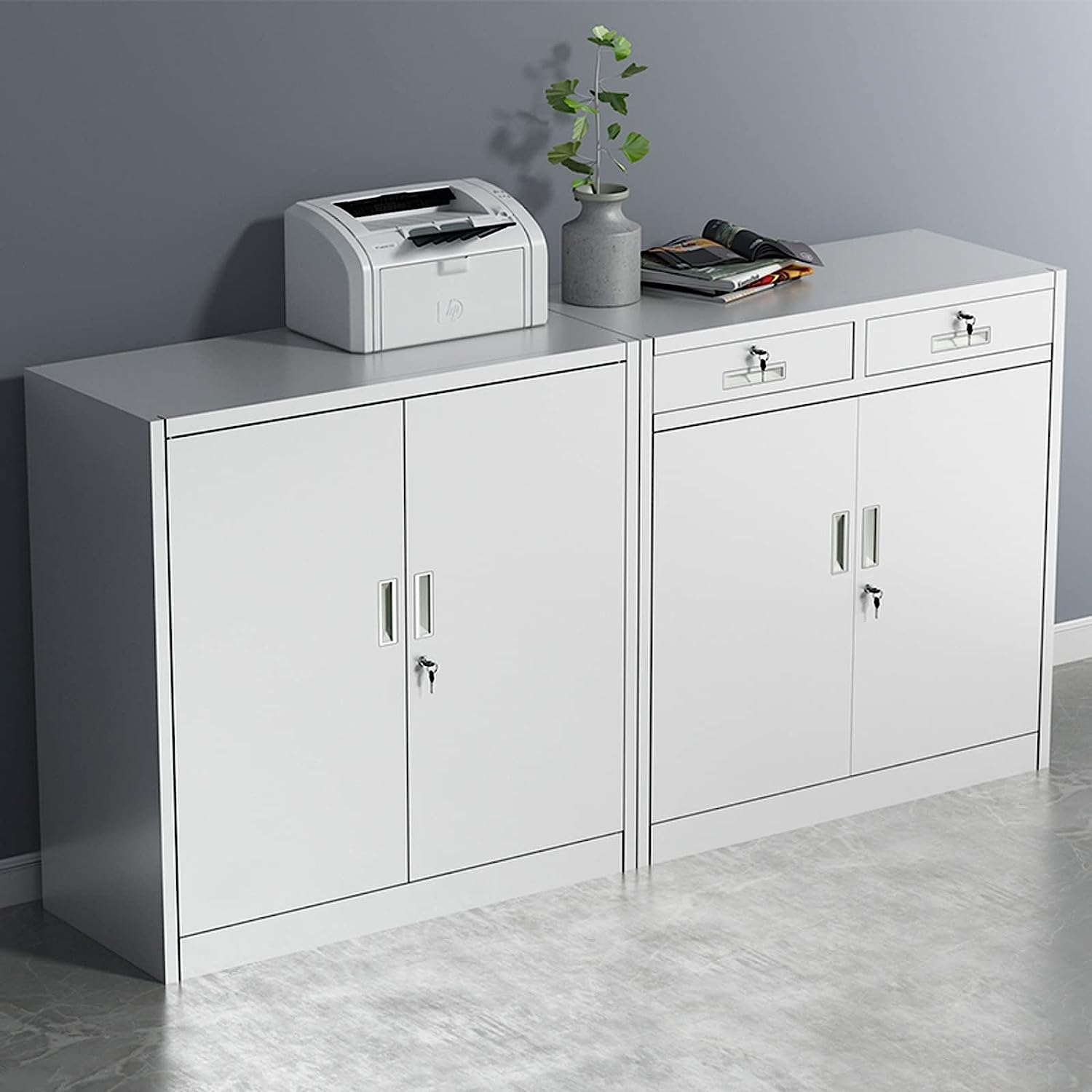

0 thoughts on “The Kitchen Storage Picks That Professional Organizers Always Reject”